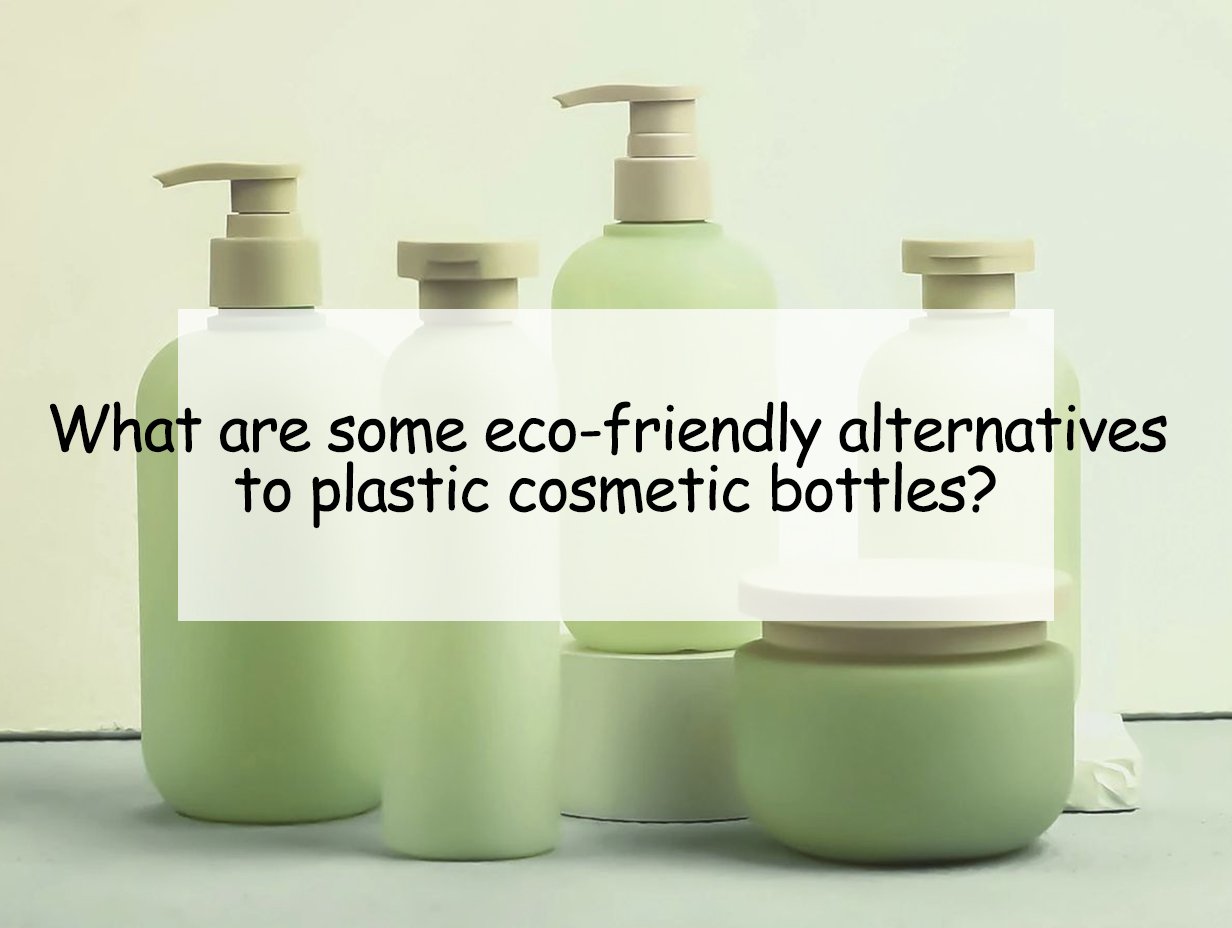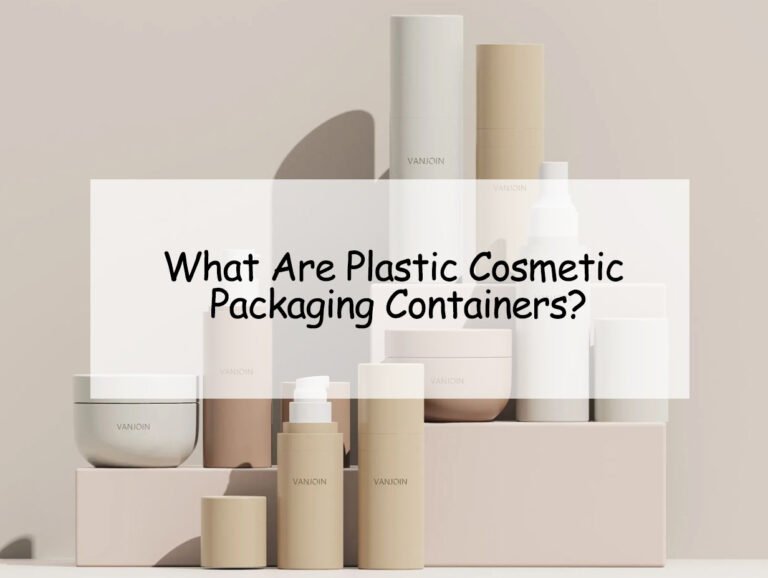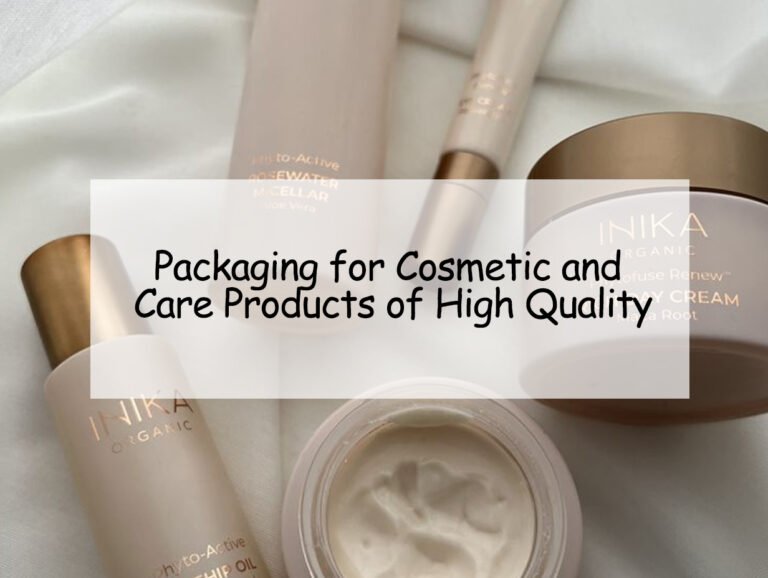As the beauty industry focuses on sustainability, finding alternatives to traditional plastic becomes essential. How can brands shift towards more eco-friendly solutions?
Eco-friendly alternatives to plastic include glass, aluminum, and biodegradable options. These materials reduce environmental impact and enhance brand eco-credentials.
Exploring these alternatives helps brands connect with environmentally conscious consumers and supports global sustainability efforts.
What is an eco-friendly alternative to plastic bottles?
As awareness grows, more brands are searching for sustainable bottle options.
Glass and aluminum1 are excellent eco-friendly alternatives2 to plastic bottles. These materials are recyclable, durable, and help reduce pollution.
Benefits of Glass and Aluminum
| Material | Benefits |
|---|---|
| Glass | Fully recyclable, non-toxic |
| Aluminum | Lightweight, infinitely recyclable |
Glass provides a sense of luxury while being environmentally safe. It’s perfect for premium products. Aluminum is lightweight and durable, making it ideal for travel-friendly items. Both options serve well in maintaining product integrity and adding value to your brand’s eco-friendly stance.
What is the most eco-friendly alternative to plastic?
In the quest for sustainability, certain materials shine for their eco-friendliness.
Biodegradable and compostable materials3 like bamboo and bioplastics represent some of the most eco-friendly alternatives, breaking down naturally without leaving harmful residues.
Key Eco-friendly Materials
| Material | Attributes |
|---|---|
| Bamboo | Rapidly renewable, compostable |
| Bioplastics | Derived from plants, biodegradable |
Bamboo offers a renewable and compostable solution that grows quickly. It can be crafted into a variety of packaging styles, providing a natural look that appeals to eco-conscious consumers. Bioplastics, derived from plant sources, offer the functionality of traditional plastics without the environmental drawbacks.
What is the best sustainable packaging option for cosmetics?
Choosing the right sustainable materials can enhance your brand and reduce your carbon footprint.
The best sustainable options include refillable containers4 and recycled materials5, promoting a reduction in waste and encouraging consumer engagement.
Sustainable Packaging Choices
| Option | Benefits |
|---|---|
| Refillable Containers | Cut waste, encourage repeat purchases |
| Recycled Materials | Lower demand for raw resources, eco-friendly appeal |
Refillable containers not only minimize waste but also build brand loyalty by encouraging customers to return. They are a perfect fit for products like powders or lotions. Recycled materials lessen environmental impact and align your brand with sustainable practices, appealing to a broader audience.
What to use instead of plastic containers?
Looking beyond plastic can yield innovative and eco-friendly results.
Materials like paperboard and metal serve as effective alternatives, offering durability and environmental benefits while maintaining product safety.
Advantages of Alternative Materials
| Material | Benefits |
|---|---|
| Paperboard | Recyclable, lightweight, easily branded |
| Metal | Robust, reusable, versatile |
Paperboard is a versatile, printable material that is also light and recyclable. It's ideal for items like palettes or compact cases. Metal, on the other hand, provides strength and reusability, making it suitable for products that require a robust shell, like creams in tubs or compact powders.
What can I use instead of a plastic bottle?
Substituting plastic bottles requires consideration of materials that ensure both product stability and sustainability.
Glass and stainless steel6 stand out as replacements; both are recyclable and provide product integrity without environmental harm.
Replacement Options
| Material | Benefits |
|---|---|
| Glass | Aesthetic value, chemically inert |
| Stainless Steel | Long-lasting, resistant to corrosion |
Glass offers a premium feel and is ideal for products where purity is paramount, like serums or oils. Stainless steel, often used for travel-friendly products due to its sturdiness, is excellent for refillable items and appeals to eco-conscious consumers prioritizing sustainability.
How to be 100% plastic-free?
Achieving a plastic-free status involves strategic planning and commitment to sustainable practices.
To be 100% plastic-free, embrace zero-waste principles7, utilize biodegradable materials8, and invest in closed-loop systems9, ensuring all packaging elements support sustainability.
Strategies for Plastic-Free Operations
| Strategy | Implementation |
|---|---|
| Zero-Waste Practices | Design processes that minimize waste |
| Biodegradable Materials | Employ materials that decompose naturally |
| Closed-Loop Recycling | Create systems to reuse materials endlessly |
By adopting zero-waste strategies, brands can ensure every aspect of production minimizes environmental impact. Using biodegradable materials supports natural ecosystems. Closed-loop recycling minimizes resource dependency, paving the way for true sustainability.
Conclusion
Transitioning to eco-friendly packaging options aids the environment and aligns with consumer demands for sustainability. These alternatives not only maintain product quality but also elevate your brand's commitment to a greener future.
-
Learn about the benefits of glass and aluminum as sustainable choices for packaging and their environmental impact. ↩
-
Explore this link to discover various sustainable options that can replace plastic in everyday use. ↩
-
Find out how these materials can help reduce waste and promote sustainability in packaging. ↩
-
Discover how refillable containers can minimize waste and enhance customer loyalty for brands. ↩
-
Understand the importance of recycled materials in reducing environmental impact and resource consumption. ↩
-
Learn about the durability and eco-friendliness of stainless steel as a replacement for plastic. ↩
-
Discover strategies for adopting zero-waste practices in your business to enhance sustainability. ↩
-
Find out how biodegradable materials can help reduce pollution and support eco-friendly initiatives. ↩
-
Learn about closed-loop systems and how they can promote sustainability by reusing materials. ↩
2.png)





